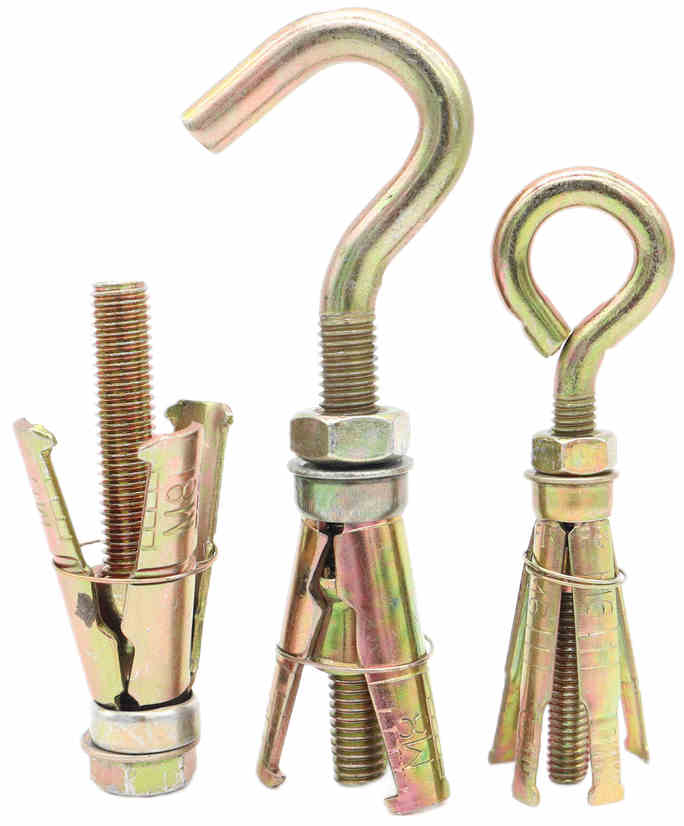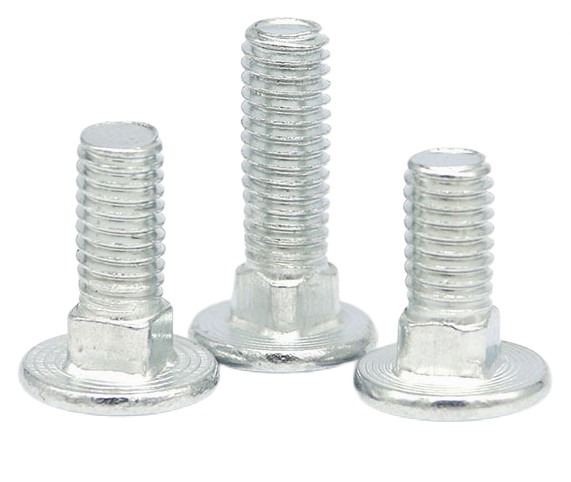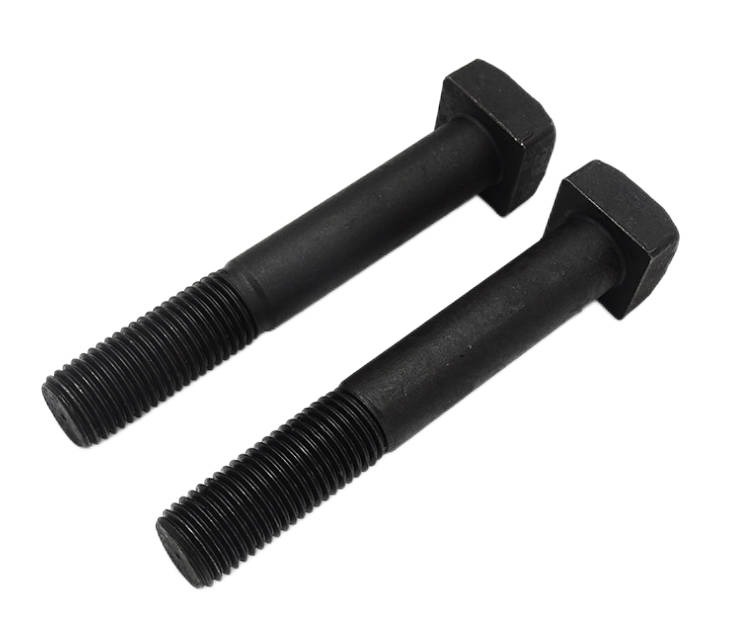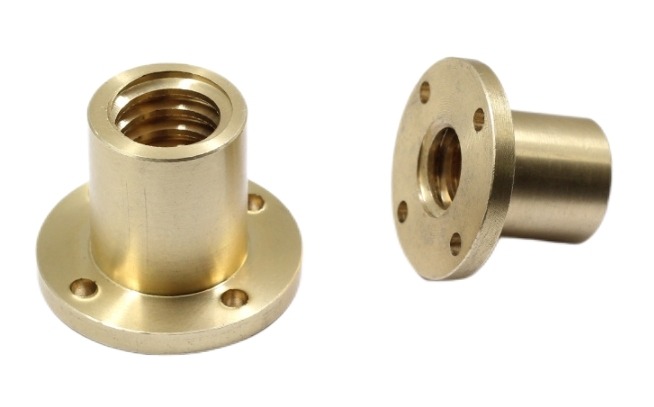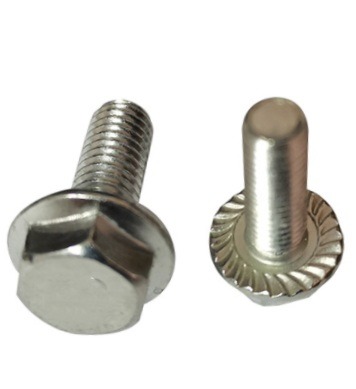How to Install Anchor Bolts Properly?
Anchor bolts are fasteners used to secure items to concrete, masonry, or other structural materials. They are made up of a threaded rod or bolt having a threaded section on one end and a head on the other. They are often used to secure materials such as columns, beams, walls, machinery, equipment, and large objects in construction, engineering, and industrial applications. Anchor bolts assist distribute loads and prevent movement by linking these pieces to the underlying foundation, maintaining the structural integrity and safety of the overall system. Proper installation of anchor bolts is critical for maintaining structural integrity, assuring safety, and complying with standards. It contributes to the structure’s long-term performance and durability while also providing a firm basis for attached objects. In this article, we will focus on the introduction of how to install anchor bolts.
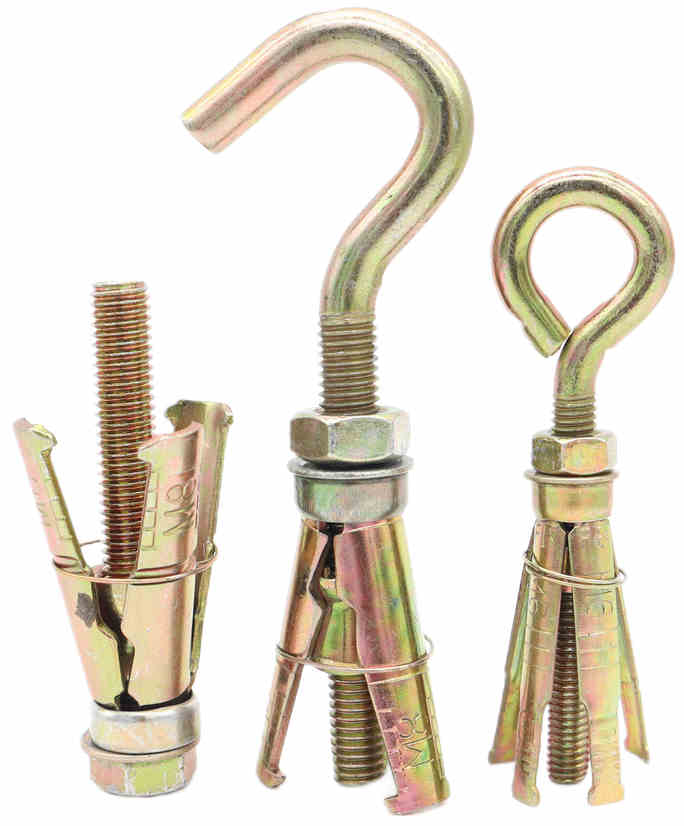
What is the Pre-Installation Preparation of Anchor Bolts?
- Determine the Type and Size of Anchor Bolts Required
To determine the particular anchor bolt requirements, consult the building plans, specifications, or engineering drawings.
To identify the proper type and size of anchor bolts, consider criteria such as load capacity, ambient circumstances, and material compatibility.
- Select Appropriate Materials and Equipment
Select anchor bolts made of materials appropriate for the application, such as carbon steel, stainless steel, or galvanized steel.
Check that the anchor bolts have the required strength and corrosion resistance.
Gather the essential tools and equipment, such as a drill with the right bits, a torque wrench, washers, nuts, and any cleaning or deburring tools.
- Review Construction Plans and Specifications
Familiarize yourself with the building plans, drawings, or specifications that explain the anchor bolt placement and installation requirements.
To ensure compliance with the design criteria, pay close attention to any specific restrictions regarding hole size, depth, spacing, or location.
- Marking and Layout
To ensure that the anchor bolts are accurately positioned, precision and accuracy must be maintained during the marking and layout process. Any errors or variations could jeopardize the installation’s integrity and effectiveness.
Locate and mark the positions for the anchor bolts on the construction site according to the specifications.
To guarantee correct placement, use measurement instruments such as a tape measure or laser level.
Mark the center points of the anchor bolt positions with layout marks or chalk lines.
The depth of the holes, as well as any particular installation considerations. If you have any questions, follow the instructions provided or talk with the project engineer.
- Obtain Necessary Approvals
Before installing anchor bolts, speak with the appropriate authorities, engineers, or project managers to get any necessary approvals or permits.
- Gather Safety Equipment
Wear adequate personal protection equipment (PPE) such as safety glasses, gloves, and a hard hat to prioritize safety.
Make sure the work area is well-ventilated, and follow any additional safety rules or procedures that have been provided for the individual job.
You can assure a smooth and effective anchor bolt installation process by thoroughly preparing and obtaining the relevant information, supplies, and equipment.
You may need to note extra information, such as safety glasses, gloves, and a hard hat, depending on the individual needs.
Make sure the work area is well-ventilated, and follow any additional safety rules or procedures that have been provided for the individual job.
You can assure a smooth and effective anchor bolt installation process by thoroughly preparing and obtaining the relevant information, supplies, and equipment.
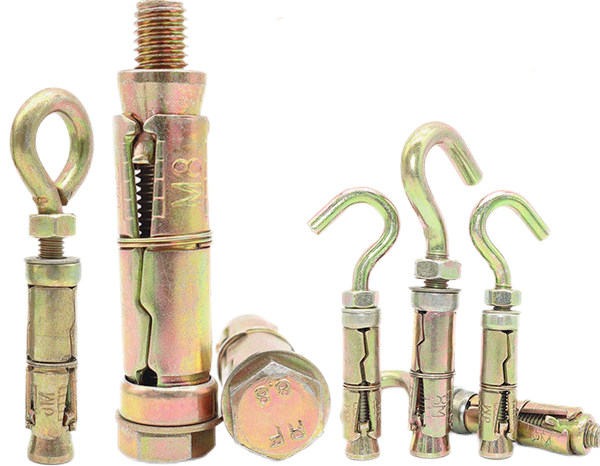
What is the Drilling Process In Installing Anchor Bolts?
Drilling is an important stage in anchor bolt installation since it entails producing holes in the concrete or masonry where the bolts will be put.
- Gather Equipment
Gather the essential tools, such as a drill, proper drill bits, and any safety equipment, such as safety glasses and gloves.
- Select the Correct Drill Bit
Select a drill bit that is the same diameter and type as the anchor bolts you are putting. The drill bit should be designed for drilling into concrete or masonry.
- Prepare the Drill
Insert the specified drill bit securely into the drill chuck, making sure it is properly tightened. Check that the drill is set to the correct mode for drilling into concrete or masonry (such as hammer drill mode).
- Mark the Drilling Depth
Based on the specs supplied, determine the needed drilling depth. To ensure accuracy, put tape as a depth guide on the drill bit or mark the bit with a permanent marker.
- Safety Precautions
To safeguard yourself during the drilling process, put on suitable personal protective equipment (PPE) such as safety glasses and gloves. If required, use a dust mask or respirator to avoid inhaling dust particles.
- Start Drilling
Place the drill perpendicular to the surface at the marked anchor bolt center point. Apply firm and consistent pressure to the drill and begin drilling in a straight and controlled manner. To pierce the concrete or masonry, it may be required to use moderate force and modest speed at first.
- Clear Debris
Remove the drill bit from the hole on a regular basis to clean out accumulated debris and dust. Clean the hole thoroughly with a brush or compressed air, making sure it is clear of impediments.
- Monitor Drilling Depth
Continuously monitor the drilling depth by referring to the marked indication or the depth guide on the drill bit. To maintain control and accomplish the target depth, adjust the drilling pressure as needed.
- Repeat for Additional Holes
If installing several anchor bolts, repeat the drilling operation for each hole to ensure consistent depth and precision.
- Clean the Drilled Holes
After drilling all of the appropriate holes, thoroughly clean them to remove any remaining debris or dust. This will aid in the adhesion and secure fit of the anchor bolt.
Following these instructions will assist you in drilling accurate and appropriately sized holes for anchor bolt installation.
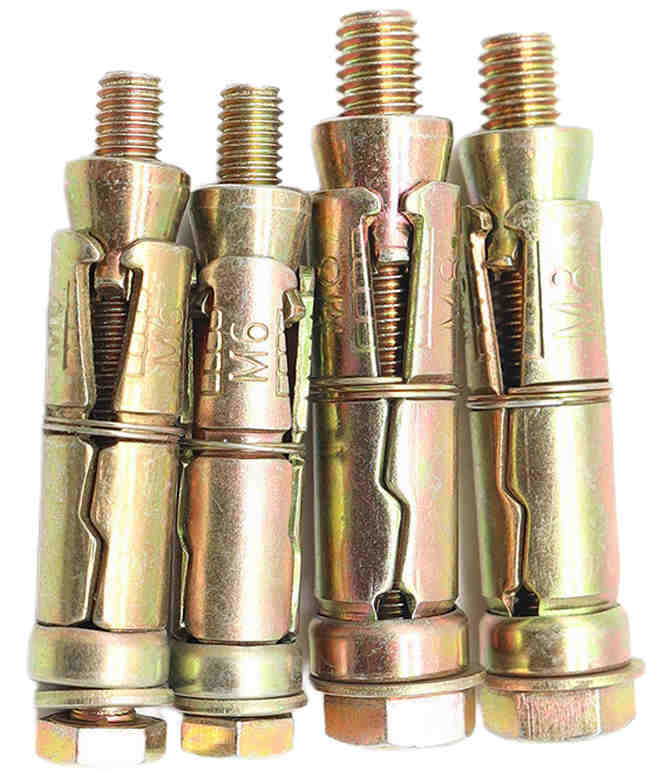
How do Placements During Installing Anchor Bolts?
It is critical to place the anchor bolts appropriately during installation to ensure that they are properly aligned and securely inserted into the drilled holes.
- Prepare the Anchor Bolts
Make that the anchor bolts are clean and free of dirt, debris, and pollutants. If any protective caps or coatings are present, remove them.
- Insert the Anchor Bolts
Insert each anchor bolt carefully into the corresponding drilled hole. While inserting, use slight downward pressure to ensure the bolt is well inserted.
- Verify Alignment
Check the anchor bolt position to ensure they are perpendicular to the surface and precisely aligned according to the marks and arrangement specified earlier. If required, use a level or plumb line to ensure vertical alignment.
- Adjust if Needed
If an anchor bolt is not properly aligned, gently readjust it by softly rotating or modifying its position until it is. Take care not to harm the bolt’s threads or disturb the drilled hole.
- Check Depth
Make sure that each anchor bolt is put to the specified depth in the construction plans or specifications.
- Maintain Stability
Hold the anchor bolts securely in place to prevent any movement or shifting during the installation procedure. This can be done by hand or, if necessary, with temporary supports or clamps.
- Double-Check Alignment
Once all of the anchor bolts have been installed, double-check their alignment and location to guarantee uniformity and accuracy. Make any necessary final modifications.
Clean Surrounding Area
To guarantee a clean and secure fit, remove any debris or dust from around the anchor bolts. Clean the area surrounding the bolts using a brush or compressed air.
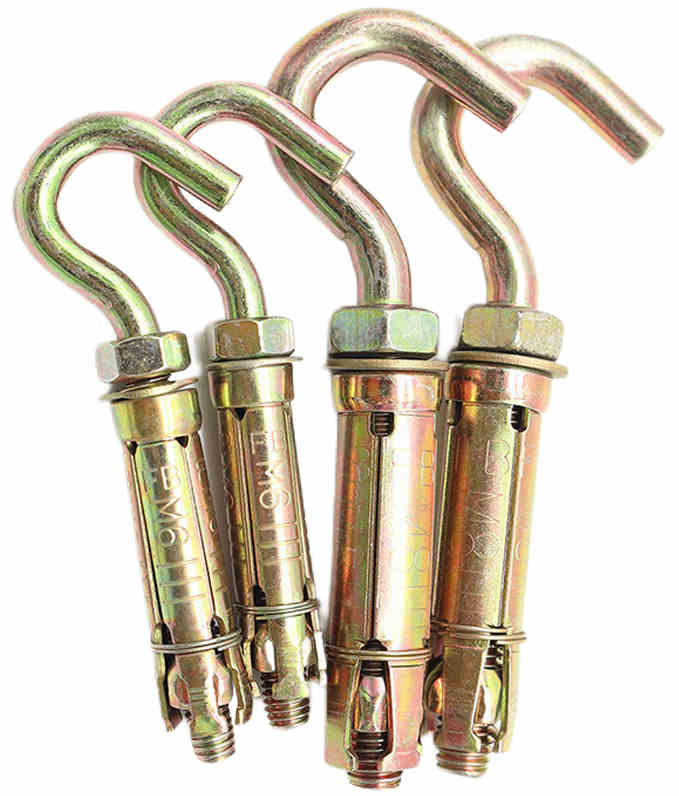
How to Secure The Anchor Bolts During Installation?
It is vital to secure the anchor bolts during installation to ensure that they are firmly and securely connected to the concrete or brickwork.
- Place Washers and Nuts
After the anchor bolts have been properly positioned and aligned, place a washer on each bolt, making sure it lies on top of the surface.
- Hand-Tighten Nuts
Begin by hand-tightening the anchor bolt nuts. Using your hand, rotate each nut clockwise until it is snug between the washer and the surface.
- Verify Alignment
Make sure the anchor bolts are aligned and at the desired position while hand-tightening the nuts. If there is any variation or misalignment, make any necessary corrections.
- Use a Torque Wrench
Use a torque wrench to acquire the recommended torque amount and guarantee proper tightness. Refer to the specifications provided to determine the required torque value for the specific anchor bolts and size.
- Gradually Tighten Nuts
Apply the torque wrench gently and evenly to each nut in a clockwise manner. Begin with a low torque setting and progressively raise it until you achieve the necessary torque amount.
- Cross-Pattern Tightening
When installing several anchor bolts, use a cross-pattern tightening procedure. This entails tightening the bolts diagonally rather than sequentially around the installation. This helps to equally distribute the load among the anchor bolts.
- Recheck Alignment
Recheck the alignment of the anchor bolts after tightening each nut to ensure they haven’t changed throughout the tightening operation. If necessary, make any necessary modifications.
- Final Torque Check
After tightening all of the nuts to the specified torque value, perform a final torque check to ensure they are uniformly tightened and secure. Use the torque wrench to verify the torque value on each nut.
- Trim Excess Bolt Length (if applicable)
If the anchor bolts protrude above the nuts and are not needed for further attachment, trim off the excess length using a cutting tool, making sure it is flush with the top of the nut.
You can guarantee that the anchor bolts are firmly attached during installation by following these steps and using a torque wrench to obtain the appropriate torque value for the anchor bolts. Properly fastening the anchor bolts increases their load-bearing capability and contributes to the structure’s overall stability and integrity.
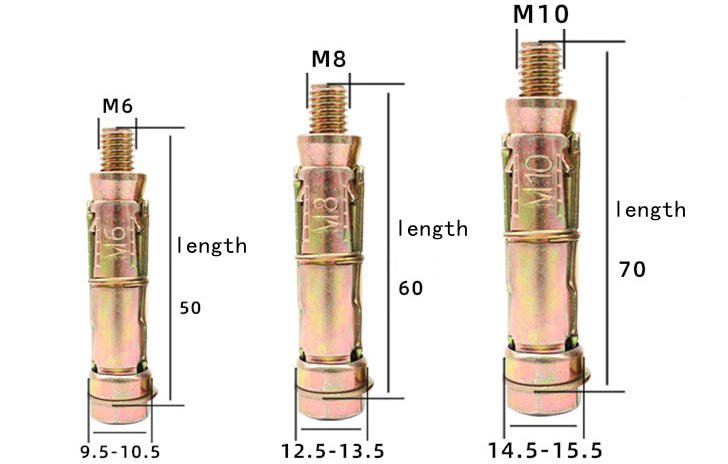
Summary
You can ensure a successful anchor bolt installation that delivers structural stability, safety, and durability for your project by following these critical procedures.


